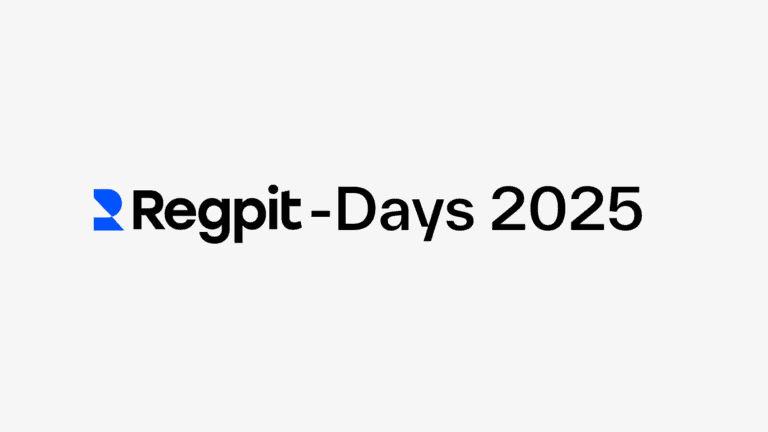Until now, the obligation to file a suspicious activity report (SAR) was regulated under § 43 (1) of the German Anti-Money Laundering Act (GwG). In the future, it will be governed by Article 69(1)(a) of the EU AML Regulation (EU) 2024/1624 (EU-AML-VO). This provision stipulates that a suspicious activity report must be submitted immediately to the central Financial Intelligence Unit (FIU) if there is a suspicion or reasonable grounds to believe that:
- Funds or activities are connected to proceeds of criminal activities,
- Funds or activities are connected to terrorist financing, or
- Funds or activities are connected to criminal activities.
These three categories require closer examination:
1. Reportable Scenario: Connection to Proceeds of Criminal Activity
This scenario creates a reporting obligation where funds or activities are related to the proceeds of predicate offences (i.e. “criminal activity”). These criminal activities are largely exhaustively defined by the EU Regulation and referenced directives. However, Recital 6 of the EU-AML-VO clarifies that “criminal activity” can also include any offence considered a predicate offence for money laundering under national law. Germany applies an “all-crimes” approach, meaning any unlawful act may be a predicate offence. It remains to be seen whether this will be retained under the EU regime and if the AMLA will adopt the same interpretation. If so, this first scenario would not represent a significant change compared to § 43(1)(1) GwG.
2. Reportable Scenario: Connection to Terrorist Financing
This second scenario mirrors existing law: a SAR must be filed if funds or activities are related to terrorist financing — just as currently required under § 43(1)(2) GwG. Thus, this does not introduce new obligations.
3. Reportable Scenario: Connection to Criminal Activities
This is a new and significant addition to the reporting obligations and marks a paradigm shift under Art. 69(1)(a) EU-AML-VO. Under this provision, a SAR must be filed if there is a suspicion that funds or activities are connected to a criminal activity — even without being proceeds of crime. That means a SAR must be submitted, for example, if a customer intends to use legal funds for illegal purposes. Unlike traditional money laundering cases, no predicate offence and no illicit origin of the funds is required.
This also includes activities that are linked to criminal activities. “Activities” should at least refer to those of the contractual partner or third parties when they have a direct connection to the obligated party’s products or services (e.g. actions during contract formation or product use). An overly broad interpretation of “activities” could lead to an unmanageable reporting obligation covering many offences unrelated to the obligated party’s business — a practical concern for implementation.
FIU as the Reporting Addressee
For all scenarios, the national Financial Intelligence Unit (FIU) remains the recipient of SARs. Currently, the submission format varies across member states. Going forward, the EU Anti-Money Laundering Authority (AMLA) is expected to introduce a uniform reporting form. Whether Germany’s goAML platform will continue to be used is not yet clear, though no change has been announced. A harmonised European reporting system would be a welcome development.
Conclusion
It remains to be seen how the SAR obligation will be applied in practice, and how the AMLA and national regulators will interpret key terms. However, one thing is clear: It is advisable to start preparing now for the upcoming changes.
For further insights, see the publication:“Die Verdachtsmeldepflicht nach der EU-Geldwäscheverordnung”by Dr. Lars Haffke.



